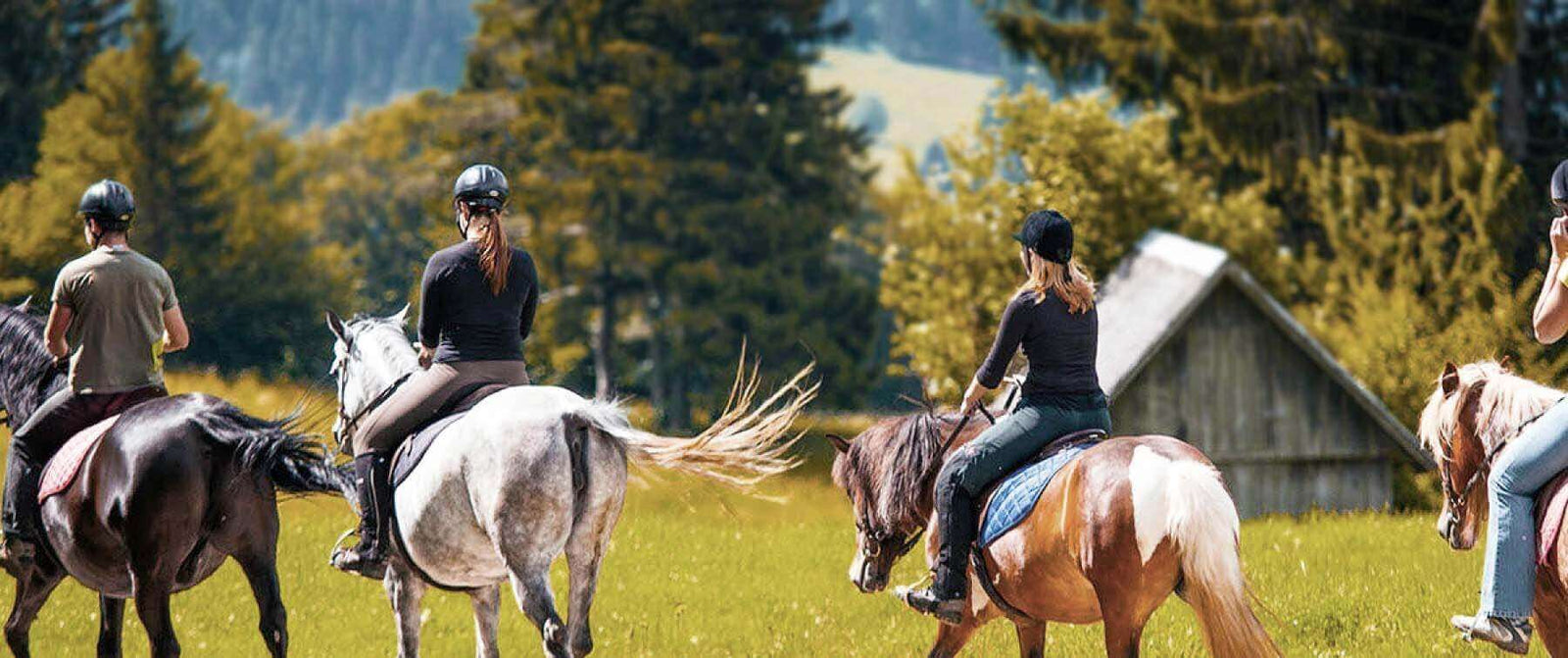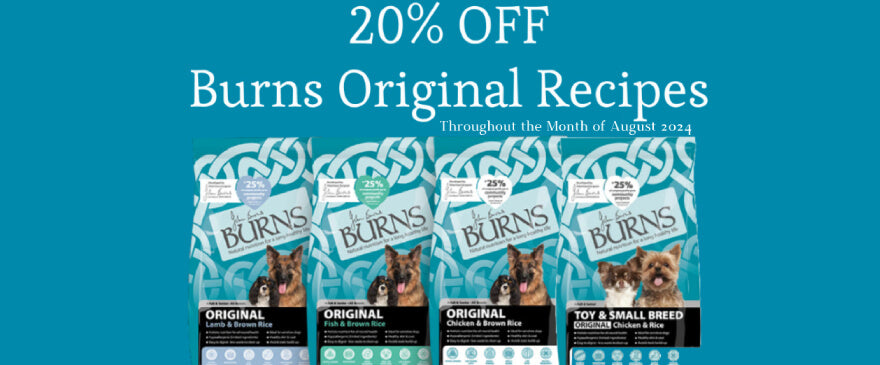FREE SHIPPING OVER £49 T&C'S APPLY
Beginner Mistakes and How to Correct Them
August 22, 2018 3 min read 0 Comments

Everyone starts off somewhere, so it’s a given that there will be mistakes, errors and mishaps along the way. But every mistake has a solution, and whether that is through time or practise, you will get better eventually. That is why we compiled a list of the most common and simplest mistakes to make when you begin horse-riding and how to correct them.
#1 – Keeping too close of an eye on your horse
When new to riding horses, it can be tempting to look at your horse instead of the road, and who would blame you, horses are amazing creatures, however if you’re looking at your horse you’re not looking at the road ahead which can be dangerous and is certainly not a habit you want to get into. It also means that you are tensing your spine as you look down, and that means its harder for your horse to carry you.
So to correct this, it’s pretty simple, keep your eyes on the path, on the direction you are going, if you need to change direction, look where you want to go before you turn. Making sure your doing this means you are in a better riding position and you’ll also be more balanced than if you weren’t looking where you were going.
#2 – Grip over Balance
Gripping onto your horse or clenching onto their sides with you, is the wrong way to go. Riding requires more balance more than grip, if you are tense on the back of a horse not only will you get tired more easily, you may also send the wrong message to the horse and it might misinterpret it as a signal to move forward.
When you’re sitting on a horse try to allow your legs to hang from your hip and your weight to fall to your heel. It could help to imagine a straight line going through your ear, shoulder, hip and heel. This helps you to keep your foot under you and prevent clenching, as your leg isn’t swinging to the front or back.
#3 – Rein Handling
The reins are for manoeuvring and controlling your horse, not to stop you falling off. And when being used for control, they shouldn’t be pulled hard; Imagine how confusing it must be when your legs and position are telling your horse to go forward, but the reins are telling them to halt. If this continues over a period time, the horse can become desensitised to rein control and/or throw their heads to relieve the pain and pressure of the hold, and can sometimes even rear to try and stop the pressure.
Replace the yank and tug motion with a softer downward pull towards you, make sure you hold the reins securely, but with enough slack to let the reins adjust to the length needed. You should be able to feel your horse’s mouth on the other end of the reins but only lightly.
#4 – Stirrup Length
If you’re always reaching for the stirrups or just feel like your knees are always pushed up to your chin, then your stirrups are the wrong length. But as a general standard, you should always ride with the bottom of the stirrup iron tapping your anklebone when on the horse. Although if your jumping you should move it up a hole, and if you’re doing dressage, and are comfortable with it, you should go down a hole.
To set up your stirrup length, off your horse, reach up and touch the saddle bar with your fingertips and pull the stirrup iron and leather out, the length should be the approx. correct length when the stirrup bar reaches under your armpit without any slack in the leather. This should be pretty accurate, with a hole to give each way.
#5 – Posture
Sometimes new riders have a tendency to slouch, or get nervous and try to curl up into a ball when they're on the horse, but the fact is it's much harder to control a horse when you're hunched over and your balance will be affected, thus affecting your horse's ability to do well.
The alternative also applies, don't go as straight as you possibly can as that's also an issue. Try to keep your chin up and sit up in a straight relaxed position, don't squeeze your shoulder blades as this can make you even more tense. Try and stay relaxed and free of tension.
Also in PetnPony Blog

Chronic Kidney Disease in Cats - Royal Canin
February 24, 2025 3 min read 0 Comments
Cats - like dogs and humans - have two kidneys situated in the abdomen close to the spine and last rib. They are vital organs, continually filtering toxins and waste materials from the blood and producing urine to enable those toxins to be excreted from the body.

Fuel Their Joy, Feed Them Natural: Discover Premium Dog Foods at PetnPony
August 08, 2024 4 min read 0 Comments

20% Off Burns Original Recipes at PetnPony this August! Natural, Hypoallergenic, and Delicious!
August 05, 2024 3 min read 0 Comments

